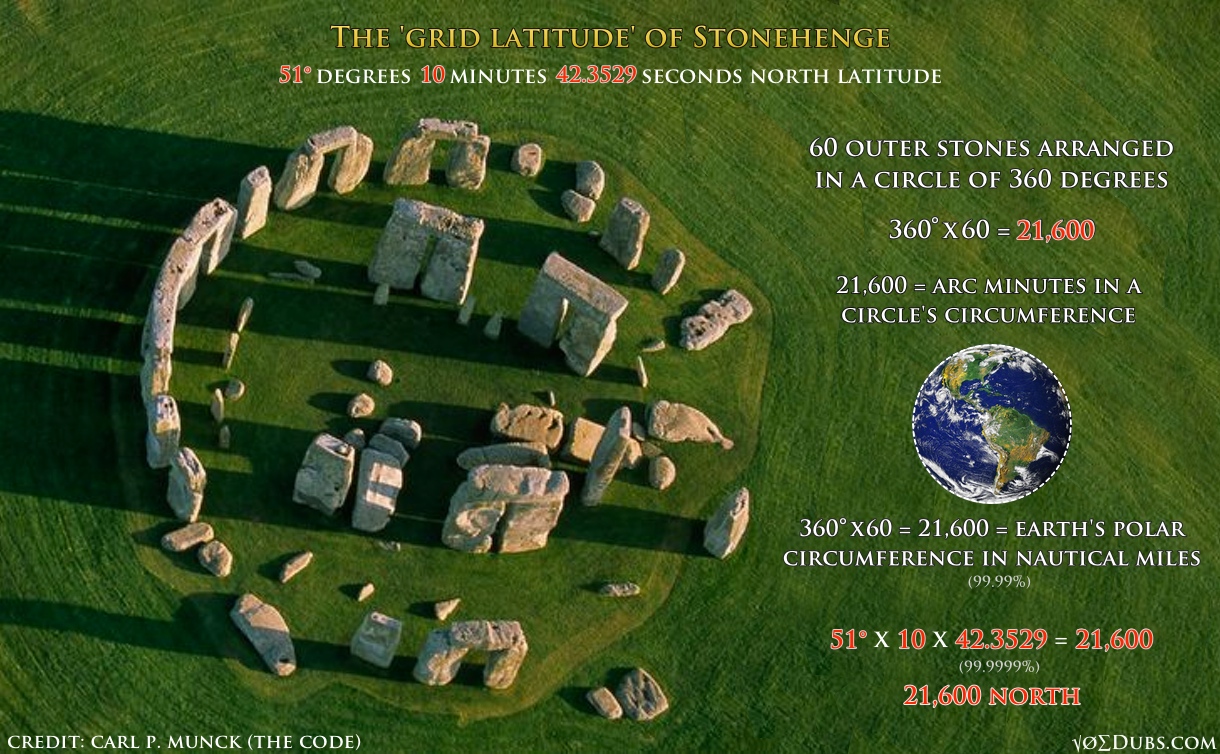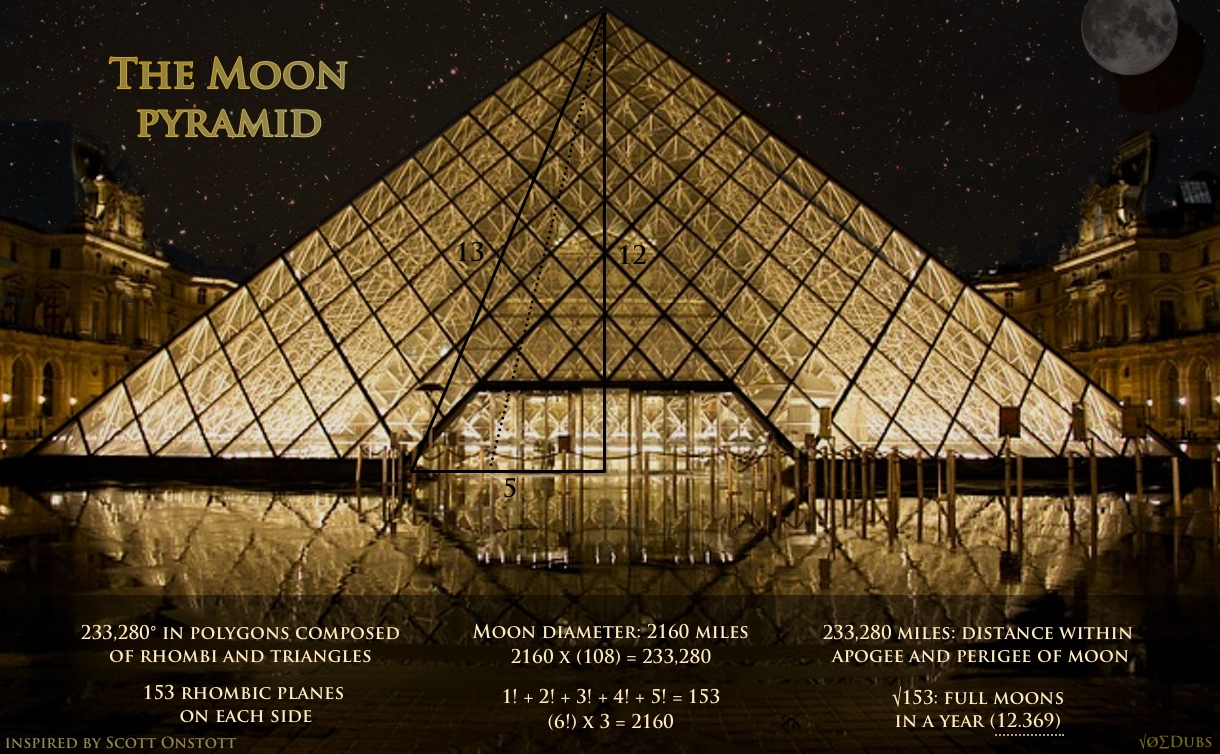The Code

Carl Munck is an archeocryptographer who re-discovered an ancient geo mathematical grid on Earth with precise latitude/longitude positions of ancient pyramids, mounds, effigies, monuments, and stone circles. He has been able to confirm these discoveries by simply pointing-out what is there for all to see, by use of simple math. One of his greatest achievements was in proving that the prime meridian is actually centered on the Great Pyramid of Giza instead of Greenwich, England. Sadly his re-discoveries are ignored, swept under the carpet of the collective unconscious. Carl came out with a series of videos in the 90’s called “The Code”. This three part series is 5 hours long, but worth watching every minute. He clearly lays out this ‘geomath matrix’ in astounding detail and accuracy by surveying various ancient sites around the globe. He found a code that the ancient’s knew about and had used in determining where to…

